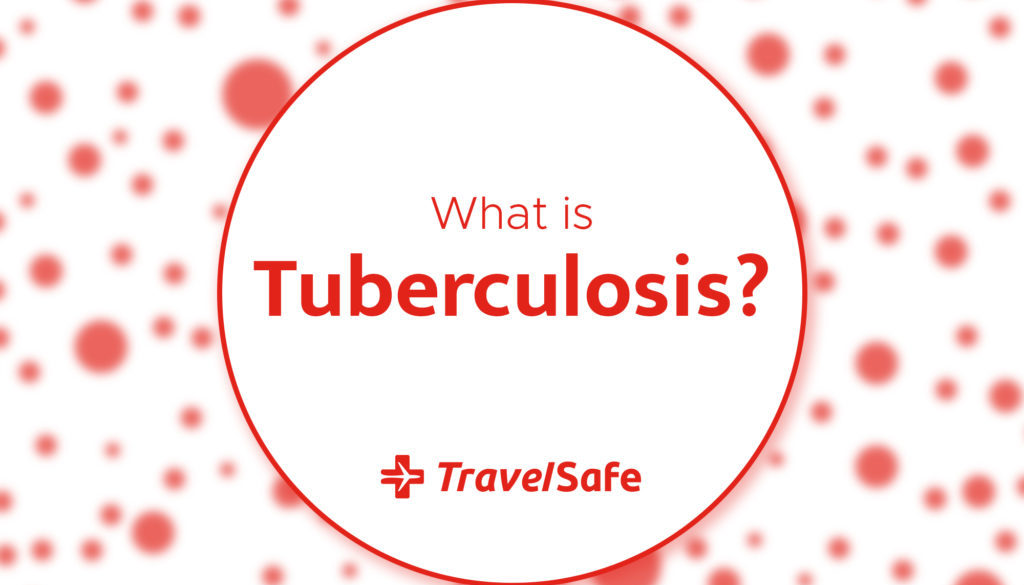Why Do I Need a TB Skin Test? Wouldn’t I know if I have TB?
Congratulations! You’ve been accepted to that school program or maybe you got that new job. But before you can start you’ve been asked to complete a TB skin test by your school or employer. Why is this necessary, you wonder? Wouldn’t you know if you had TB? Is TB even a risk in Canada? Below we’ll give you the facts about TB and answer some common questions that people have when needing a TB skin test.
What is TB?
TB, or tuberculosis, is caused by the bacteria Mycobacterium tuberculosis. It is spread through the air when a contagious person coughs, sneezes, sings or talks. TB usually occurs in the lungs but can affect any organ. Medication is available to treat TB.
TB infection vs. TB disease
- Latent TB infection occurs when you have breathed in TB bacteria but your immune system stops the bacteria from multiplying so you don’t get sick. If you have latent TB you don’t have any symptoms and cannot spread TB to other people. You could have latent TB and not even know it.
- Active TB disease occurs when you have breathed in TB bacteria but your immune system does not stop the bacteria from multiplying. These multiplying bacteria can make you very sick and are very contagious. People at high risk of developing active TB disease include:
-
- People with HIV infection
- People who became infected with TB bacteria in the last 2 years
- Babies and young children
- People who inject illicit drugs
- People who are immune compromised from other health conditions or certain medications
- Elderly people
- People who were not properly treated for a past TB infection
TB in Canada
TB was once a common disease in Canada and was the leading cause of death in the 1800’s. People infected with TB would be isolated in TB sanitoriums. It wasn’t until the 1950s when antibiotic treatment was developed for TB that a gradual decrease in the rates of TB began.
Today, the risk of TB in Canada is generally low. The rate of active TB in Canada is one of the lowest in the world at 4.9 per 100,000 population. Cases of active TB are highest among foreign-borne individuals and Indigenous Peoples. People who work in health care settings are at increased risk of exposure to people with undiagnosed active TB.
TB around the world
Although rates of TB in Canada are generally low, TB remains one of the leading causes of death worldwide. It is estimated that more than 10 million people worldwide developed the disease in 2017. More than 95% of the cases occur in developing countries, with the highest risk in Africa, South Asia, and Southeast Asia. Moderate risk countries include most of Eastern Europe, Central Asia, China, and South America. Infection is strongly related to poverty, overcrowding, and malnutrition. It is estimated that one third of the world’s population is infected with TB and is at risk of developing the disease.
Routine TB skin testing for work or school
TB skin tests are often required for students and employment. It is usually required for work in high risk settings such as correctional facilities, long-term care facilities and hospitals. It is often a requirement of health care workers and other types of workers who care for individuals that are at increased risk of developing active TB disease.
What is a TB skin test?
The TB skin test is used to detect infection with TB bacteria.
The TB test consists of two appointments:
- Appointment #1: A small amount (0.1mL) of test substance is injected under the first layer of skin on your forearm.If you have been exposed to TB bacteria your skin will react to form a firm red bump.
- Appointment #2: You must return to the clinic 48 to 72hrs later to have your forearm looked at by the nurse. If it is not looked at within 72 hours the result becomes invalid and the test must be repeated.
Two-step TB skin testing
If you have been asked for a two-step TB test then you need to repeat the exact same procedure 1-4 weeks after the first test. A two-step TB test is used to establish a baseline for people who need regular TB skin testing. A single TB test may not always produce a reaction the first time it is done. Then when a second test is done there may then be a booster effect that can produce a much stronger reaction and a positive result. If the baseline 2-step test was not done then a positive reaction occurs on subsequent tests, it is difficult to know if the positive reaction is due to a booster effect or a new exposure to TB.
The results
- Negative: This usually means that you do not have the TB bacteria in your body. There is usually no further testing needed.
- Positive: This means that you might have TB bacteria in your body. The next step is a chest x-ray to look for signs of active TB disease in your lungs.
TB skin testing and the BCG vaccine
The BCG vaccine, or Bacille Calmette Guerin, is routinely given in many countries to protect against TB disease. Although there is a chance the BCG vaccine may cause a false-positive TB skin test, this is not likely if you received the vaccine as an infant and are now more than 10 years of age. It is still recommended to receive a TB skin test if you have had the BCG vaccine.
Getting ready for the TB skin test
- Be sure you don’t receive any live vaccines in the 28 days before your TB test as they can interfere with the test (MMR, chicken pox, oral typhoid, or yellow fever vaccines). These vaccines can be given on the same day as the TB test or anytime after the test is completed. Td, Tdap, polio, hepatitis A and B are all inactivated vaccines and can be given anytime before or after the TB test.
- If you need other vaccines, please bring your list for the nurse to review and any forms you may need signed.
- Please bring a list of your current medications.
Do’s and don’ts after a TB skin test
- DO everything as you normally would. Eat and drink as normal. Shower, swim and work out as much as you like.
- DON’T scratch it or put a bandage on it (in case the bandage irritates your skin). If it becomes itchy you can put a cool cloth on it. Do not put any creams on it.
The chest x-ray
If your TB test is positive and you need a chest x-ray, you can go to any hospital in the Lower Mainland(eg. St Paul’s Hospital, Vancouver General Hospital, Royal Columbian Hospital, Burnaby General Hospital). Take your requisition to the radiology department. The x-ray is free when you have a BC care card.
How do I get the results?
A doctor at TB Control will review your health history and look at your x-ray. An x-ray report will be mailed to your home address if no further follow-up is required. It can take 4-6 weeks to receive your x-ray results in the mail. If you have still not received your results after this time please call TB control (TravelSafeClinic does not receive any x-ray results). You will be contacted by TB control if any further follow-up is recommended.
TB Control Vancouver Clinic
655 West 12th Avenue
Vancouver, BC V5Z 4R4
Phone: 604-707-2692
TB Control New Westminster Clinic
100-237 Columbia Street E
New Westminster, BC V3L 3W4
Phone: 604-707-2698
Please see the following links for further information on Tuberculosis in Chinese, Korean, Punjabi and French.
Be sure to get your TB test as soon as you find out you are accepted into your school program or got your new job. Whenever possible don’t leave it to the last minute!
Any other questions you may have can be answered by the nurse at TravelSafeTM Clinic when you come in for your TB test. See you soon!
TravelSafe Clinical Educator – Kristin Cain, RN, BSc, MSc(A)



